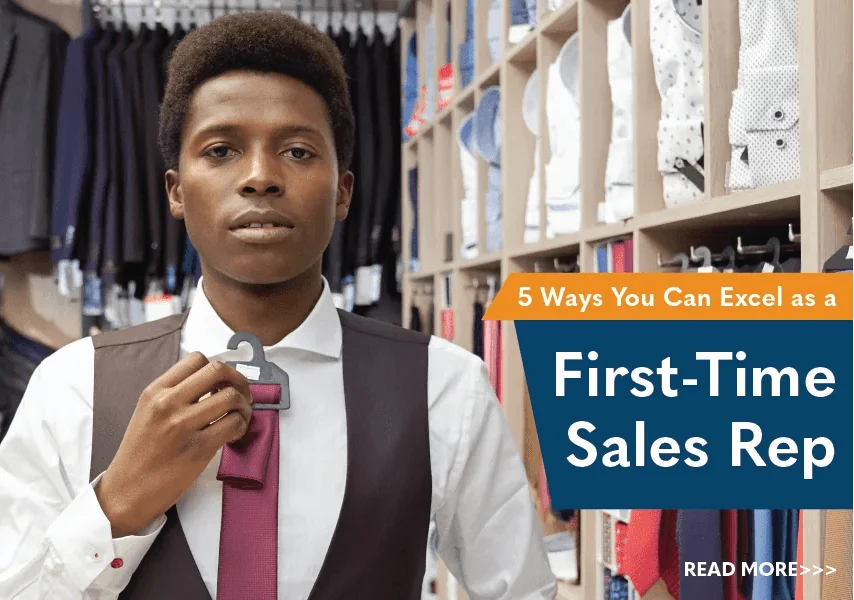How to Discuss Rate Increases

Global commercial insurance rates increased nine percent in the second quarter of 2022. This increase marks the 19th consecutive quarter of increases. For underwriters, rate changes are a double-edged sword. Policy renewals are profit opportunities, while non-renewals can create difficult conversations with producers. This article explores how commercial underwriters can implement simple strategies to improve renewal rates.
As inflation soars and commercial claims increase in frequency and severity, insurance carriers are forced to increase rates, raise deductibles, and tighten underwriting standards. The impact has underwriters vulnerable, producers scrambling, and policyholders reviewing their options. While independent agents and their policyholders can shop the policy, underwriters may feel like they are between a rock and a hard place.
Robert Gordon, senior vice president of policy, research, and international for the American Property Casualty Insurance Association (APCIA), said, “Insurers and agents continue to look for ways to reduce costs while still meeting all obligations to policyholders. But as claims and other costs have increased, insurers are under pressure to raise rates on a variety of insurance policies typically utilized by small businesses. As a result, small and medium-sized businesses may see an increase in their insurance costs when they buy a new policy or renew a policy, even if they have not made a claim in the preceding year.”
When a medium-sized company’s CFO learns their renewal rate is jumping 10 percent or greater, underwriters can expect a spotlight to be shined on that operating expense. With many companies scrutinizing their budgets, a rate increase becomes another line item to re-evaluate. Handle this poorly, and the negative impact can alter the business relationship for all parties in the future. Handle this competently, the policy is renewed, and all parties share a feeling of cooperation.
Increasing the insured party’s rate 10 percent and having them feel good about it can sound like crazy talk. But commercial insurance is not the only industry dealing with rising costs. Transportation, manufacturing, and construction are dealing with passing costs to their customers. For professionals who have positioned themselves as trusted advisors, accounts will grow. In contrast, others who have competed primarily on price will suffer.
For commercial underwriters, this is a bit like being a puppet master. On the one hand, you need to manage the agency or producer. But on the other hand, you need to ensure the insured party is also managed. The worst thing an underwriter can do is allow either party to manage themselves.
Let’s imagine a worst-case scenario. The producer feels uncomfortable taking the wheel during a rate increase. They tell their policyholder, “Don’t shoot the messenger.” In their fiduciary responsibilities to the insured, they shop the policy to three new carriers. There is a fine line between fiduciary duties and the path of least resistance.
Now let’s consider this scenario from the policyholder’s perspective. Although the rate increase was not entirely unexpected, they asked their agent if they could “sharpen their pencil.” The agent has an “order taker” mindset and works to find the cheapest policy.
As sales performance experts, we see this scenario often across various enterprises. It’s not that the local agency is indifferent or incapable. As local businesses, they are doing their best to support their community, their clients, and their families. The problem is not the rate increase, but the perception of equivalent alternatives.
Whether renewing a commercial insurance policy or buying a cup of coffee, the least expensive product is always selected if there is no perceivable difference. Disagree? Who stands in line to purchase a Starbucks coffee every morning for $4 a cup while across the street, at the local convenience store, it’s $1? When the policyholder views their agent, underwriter, and carrier as equivalent to the agency across the street, the least expensive policy wins every time.
Rather than defending the policy with price, underwriters can differentiate their services by aligning with what is strategically important to their producers. A common predicament that many producers find themselves in is the fear of losing a policyholder because of rate increases. How can underwriters replace fear with confidence among their agencies? Teaching agents how to differentiate.
When surveyed on evaluating carriers, commercial agent’s top 4 attributes were:
- Underwriting Appetite
- Competitive Pricing
- Underwriting Responsiveness
- Underwriting Flexibility
The least essential attributes were:
- Digital Social Media Support
- Marketing Support
- Effectiveness of Field Reps
- Training and Education
Reading between the lines, the sentiment is, “We don’t need training, support, or marketing help… we can handle that ourselves, thank you very much.” All agents require from carriers are quick quotes, broad appetite, low prices, and loose standards. That’s a fast-food chain service model rather than a valued trusted advisor.
At Janek, we see enterprises struggle to balance the low friction service model while maintaining profits and growing revenue. Instead of underwriters trying to “prove” their value by relying on price and technology, they can “justify” their value by differentiating. This is the difference between an order taker and a trusted advisor.
Fast response, low prices, and a wide selection is the Amazon effect. Every industry, not just commercial insurance, has invested heavily in technology to “remove friction” from the customer experience. Carriers provide portals that allow agents to streamline the quoting, binding, and servicing elements of new and existing policies. The unintended consequence is that with complex products such as commercial insurance, technology can streamline profits right out of the deal.
Teach Your Way to Renewals
For underwriters, their circumstances are not unique. However, it does require additional skills that numerous underwriters have yet to develop. It requires the ability to teach and communicate. In addition to differentiating value to the producer, the underwriter must ensure the producer can teach the policyholder. Monthly “check-in calls” or traditional “lunch-and-learns” are ineffective ways to modify behaviors. If more information were the answer, every agent would be a top producer.
Underwrites can gauge how well agents are prepared to teach by asking simple questions, such as:
- “What’s the game plan with this policyholder?”
- “What’s the worst-case scenario?”
- “What resources can I provide?”
- “What’s your gut telling you?”
Producers, agents,or high achievers dislike being pushed or told what to do. This clarifies why training and support are attributes that agents say they don’t need. Because maintaining independent, self-governing control feels right. I equate it to a passenger offering driving advice or a relative offering parenting guidance. Good intentions, terrible outcomes.
Underwriters are trained to present facts, valuations, economic conditions, and causes (multiple claims last year). Facts are logical, rational, and defensible. They’re also ineffective. If the goal is to renew the policy, the key to renewing without competing on price alone is differentiating. A question-based approach will provide insights the traditional fact-based approach misses.
Suppose a producer responds with vague answers and no clear plan. This is valuable information for the underwriter. Agents are often technically proficient and experts in their local markets. However, understanding and articulating the unique value of the carrier is not always a strength.
“Asking questions, differentiating, being a trusted advisor. It’s all esoteric mumbo-jumbo. We’ll lose the business if we can’t deliver competitive rates,” the pragmatist will say. Competitive rates are an advantage. But discounting the value of differentiating, agent conviction, and policyholder perception are costly. Suppose there is a high-value policyholder that your organization cannot afford to lose. If the policyholder perceives their agent as a trusted advisor and the carrier’s offering as unique, what is the contribution to the rate? Said another way, do you want policyholders who only value their agents to shop for the lowest rate?
In conclusion
Renewal time can be stressful for all parties, the underwriter, the agent, and the insured. When policyholders receive a rate increase, after all the talk and explanations, it comes down to this, “Is this rate increase worth changing carriers over?” When the policyholder perceives their agent as a trusted advisor and the carrier as uniquely positioned to protect their interest, rate increase impacts are mitigated. When you have perceived value, you spend less time defending the price.
Underwriters have technical, analytical, and sales skills. They understand their appetite, can assess risks, and price products competitively to achieve targets. They can do everything right, provide a seamless underwriting experience, and still struggle to renew policies. Effective underwriters teach agents and producers how to convey unique value. This subtle but essential skill limits agents and underwriters from having the impact they are capable of with policyholders.

- Account Planning (12)
- Awards (44)
- Client Testimonial (37)
- Personal Branding (21)
- Podcast (12)
- Research (78)
- Sales Career Development (90)
- Sales Coaching (166)
- Sales Consulting (141)
- Sales Culture (180)
- Sales Enablement (382)
- Sales Leadership (116)
- Sales Management (267)
- Sales Negotiation (14)
- Sales Prospecting (138)
- Sales Role-Playing (19)
- Sales Training (243)
- Selling Strategies (281)
- Soft Skills (78)
- Talent Management (101)
- Trusted Advisor (29)
- Virtual Selling (57)
- Webinar (13)

























